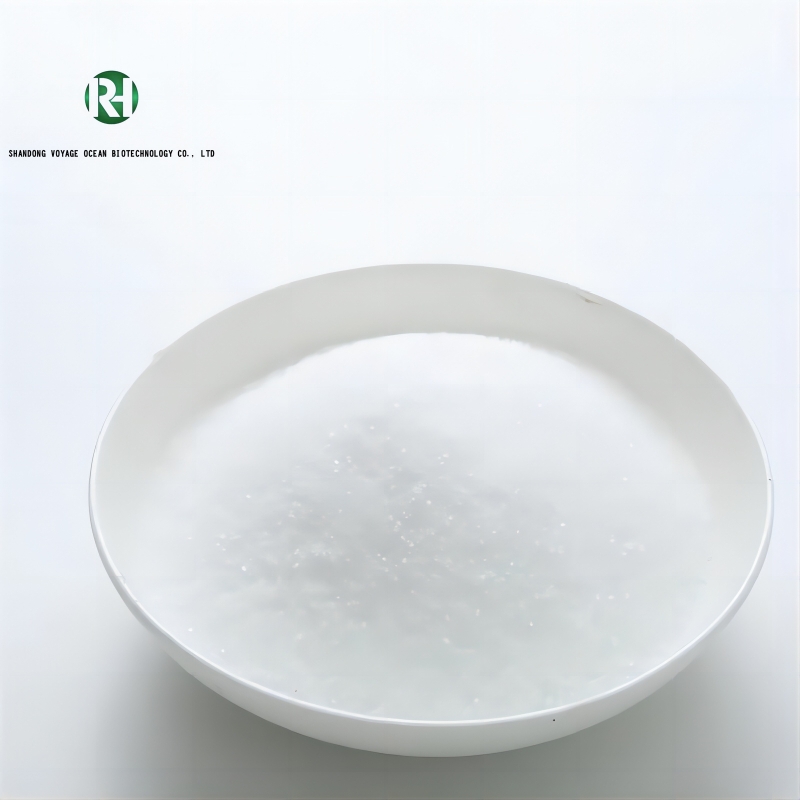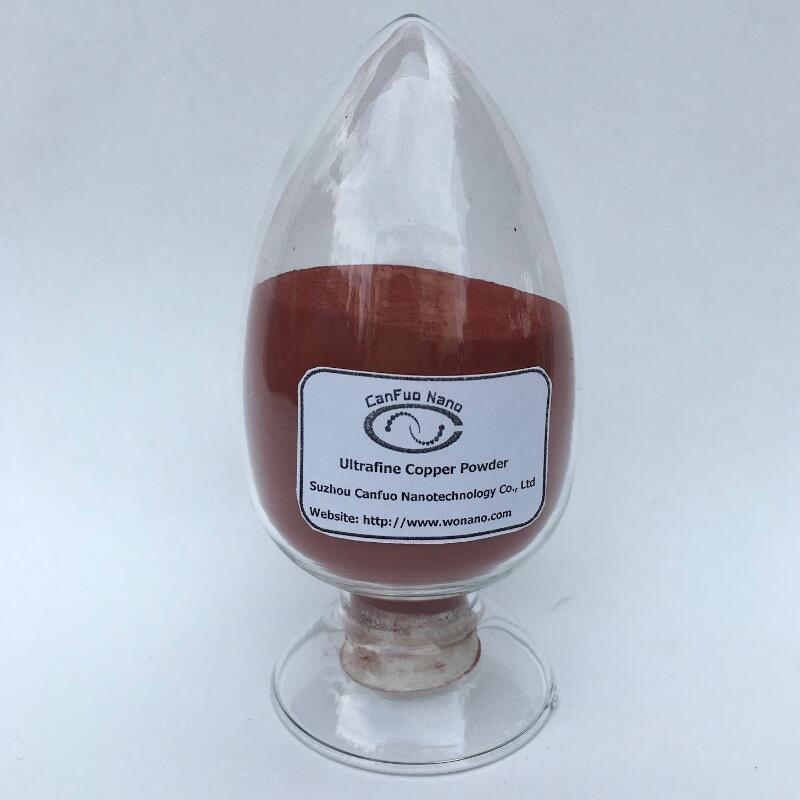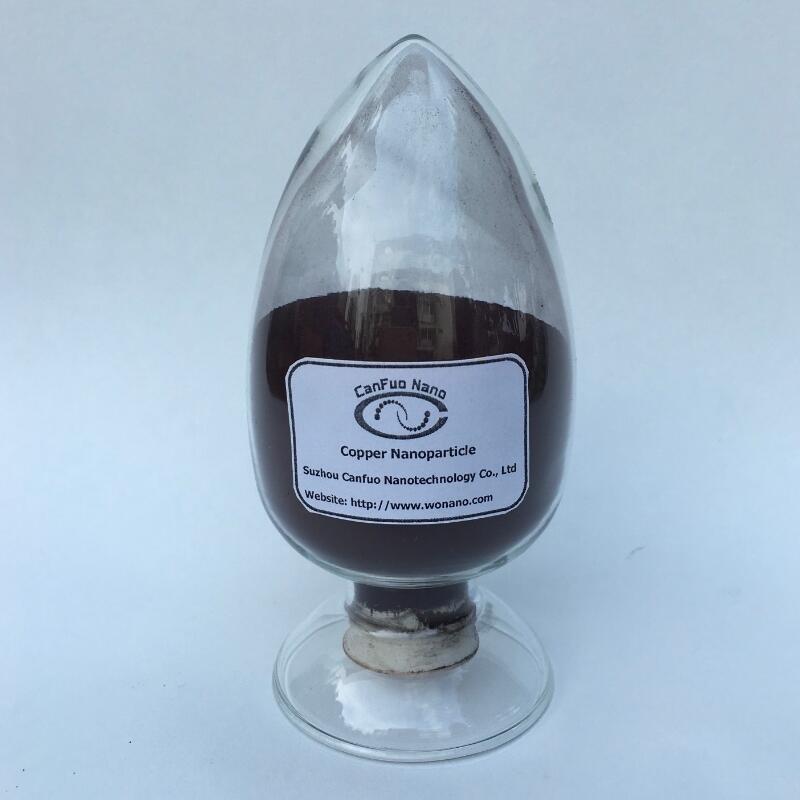-
Categories
-
Pharmaceutical Intermediates
-
Active Pharmaceutical Ingredients
-
Food Additives
- Industrial Coatings
- Agrochemicals
- Dyes and Pigments
- Surfactant
- Flavors and Fragrances
- Chemical Reagents
- Catalyst and Auxiliary
- Natural Products
- Inorganic Chemistry
-
Organic Chemistry
-
Biochemical Engineering
- Analytical Chemistry
-
Cosmetic Ingredient
- Water Treatment Chemical
-
Pharmaceutical Intermediates
Promotion
ECHEMI Mall
Wholesale
Weekly Price
Exhibition
News
-
Trade Service
The 2-thiazolidinethione is a synthetic compound that is widely used in the chemical industry.
It is a versatile building block for the synthesis of various chemicals and drugs.
The synthetic routes of 2-thiazolidinethione can be broadly classified into two categories: chemical and biochemical.
The chemical route involves the use of chemical reactions to synthesize 2-thiazolidinethione.
The most commonly used chemical route involves the reaction of 2-thioxothiazolidin-4-one with 2-aminothiazoline-4-thione.
This reaction is carried out in the presence of a solvent, such as methanol or ethanol, and a catalyst, such as sodium hydroxide or potassium hydroxide.
The reaction produces the desired 2-thiazolidinethione, which can be further modified to obtain the desired product.
The biochemical route involves the use of biological systems to synthesize 2-thiazolidinethione.
This route is usually more expensive and time-consuming than the chemical route, but it offers some advantages over the chemical route.
For example, the biological route allows for the production of enantiopure compounds, which are useful in the pharmaceutical industry.
The biological route also allows for the synthesis of 2-thiazolidinethione using microbial systems, which are more environmentally friendly than chemical synthesis.
One of the most commonly used biochemical routes involves the use of bacteria such as Escherichia coli or Bacillus subtilis.
These bacteria can be genetically engineered to produce 2-thiazolidinethione by expressing the required genes.
The genes for the synthesis of 2-thiazolidinethione can be obtained from various sources, such as from bacteria that are known to produce the compound or from yeast strains that have been engineered to produce the compound.
The genetic engineering of bacteria involves the introduction of foreign genes into the bacterial genome.
This can be done using various techniques, such as plasmid-mediated gene transfer or genetic transformation.
Once the genes for the synthesis of 2-thiazolidinethione have been introduced into the bacterial genome, the bacteria can be grown in a suitable medium to produce the compound.
The 2-thiazolidinethione can be extracted from the bacterial culture and further purified to obtain the desired product.
In conclusion, the synthetic routes of 2-thiazolidinethione are diverse and can be tailored to suit the specific requirements of the chemical industry.
Both the chemical and biochemical routes have their advantages and disadvantages, and the choice of route depends on the specific application and the desired product.
The use of microbial systems, such as genetically engineered bacteria, offers some environmental benefits over chemical synthesis and can be useful in the production of enantiopure compounds for the pharmaceutical industry.







